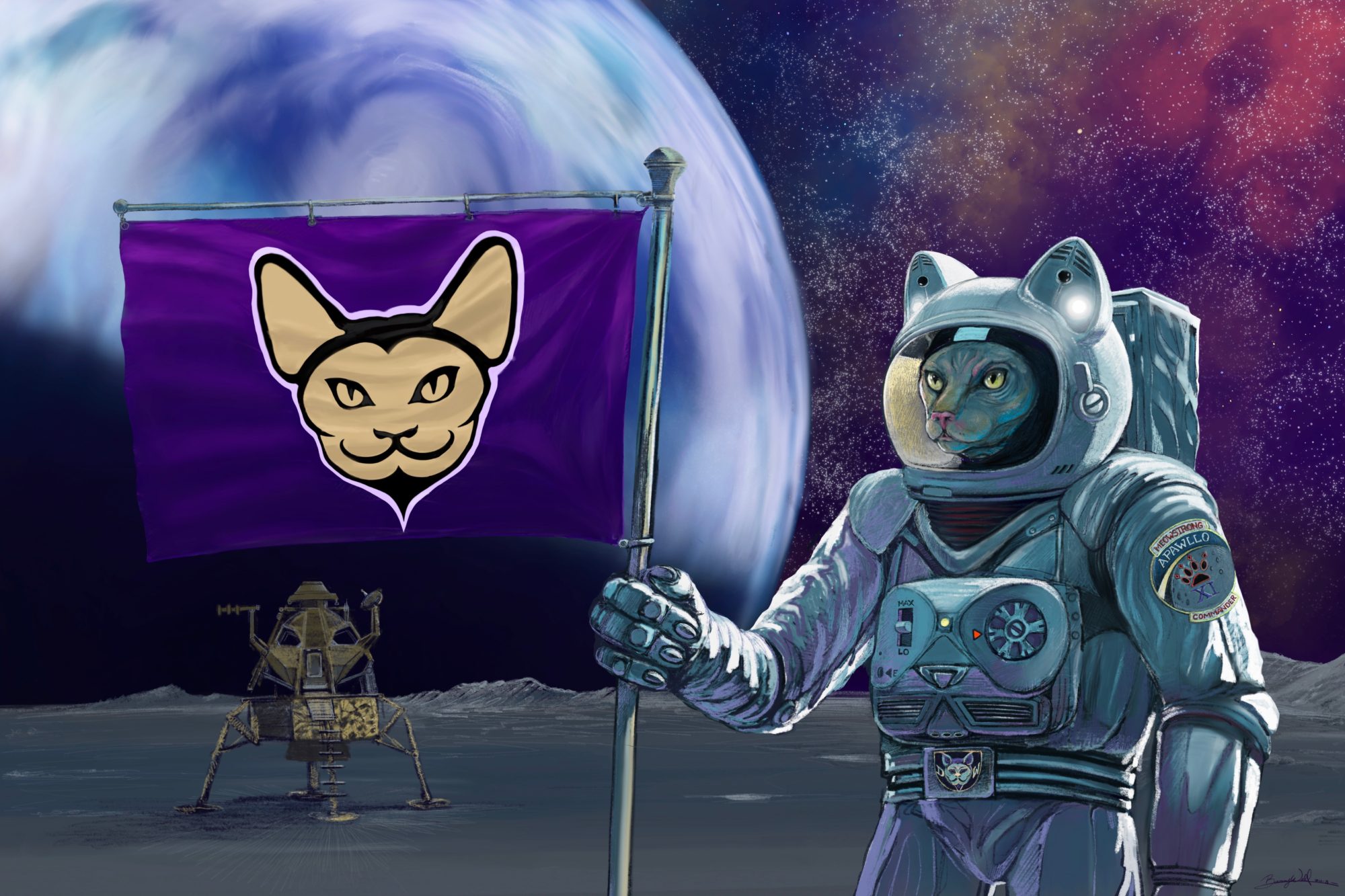
How it plays:
Space Marine Adventures: Labyrinth of the Necrons is a cooperative board game that can be played with as few as 2 players or as many as 4. An average game can last, in our experience, anywhere from 15-30 minutes. Surprisingly Labyrinth of the Necrons has more in common with a puzzle or logic game than Warhammer 40,000 proper, but more on that later. You can have the same game experience with any number of players, but we’re all for having more brains to get out of tough situations.
Every game will start with players choosing one of three available missions and then their team of Space Marines. There are five different Space Marines, each with their own stat card and unique abilities. Each marine may also draw two and keep one card from a deck of equipment and additional abilities. Once the team has been created and equipped you’ll load them up onto one of the four-square stairs pieces and a randomly chosen game board (three double-sided pieces offer many board layouts). The goal of almost every mission is to get to and activate the computer terminal tile, which will reveal the exit, and escape. Players can decide the order they’ll stack up but an initiative deck controls who goes and in what order.
The initiative deck is also loaded with with Necron cards, drawing these calls for revealing the next card at the top of the Necron deck. The Necron deck controls how the enemy forces react. Typically this means more enemies will be spawning but it can also change how difficult enemies are to defeat. On the subject of spawning and defeating enemies, Labyrinth of the Necrons adds a little chaos when it comes to it’s spawning mechanics. Enemies spawn on the green numbered tiles on the board, if there is already an enemy there then an enemy spawns on EVERY adjacent square. This means the board will fill up with enemies fast! An area with one or two enemies can become a blocked off hallway full of enemy robots in the matter of a turn if left unchecked. To defeat Necrons, the player Space Marine rolls a dice and compares that to the target number on the enemy’s card (adding or subtracting for any modifiers) if the result ties or is greater than the target’s toughness they are destroyed and removed from the board.



What We Thought:
Space Marine Adventures: Labyrinth of the Necrons is a fun and fast dip into the 41st Millennium. New players and teaching players don’t need to worry about lengthy explanations or example turns. Nearly everything a player needs to know about how to use their Space Marine can be found on their character’s card, and it even has a handy reverse side if your character becomes wounded. In all our cases of teaching a new player, they were ready to go after just a couple minutes of explanation. All of the item, character, and enemy cards have the same great art fans of Warhammer 40,000 will be familiar with and the space marine character cards actually depict that character as a fully painted model (you know, like the ones you got with the game could be). I do wish the enemy necrons were models, like the Space Marines, but I assume the decision to use tokens instead was to keep this game affordable.
The real thing that makes this game shine is the feeling of well-earned accomplishment after a clean evac despite the growing hordes of enemies. In a way, this game almost feels better played with all players giving input on how to use their collective team and items to complete their objective as opposed to playing as four individuals. There are no solo or personal objectives, just the one goal of the group. Managing whether it’s the right time for the heavy weapons expert to clear a path for the group or if the fastest Space Marine should try to dash to the terminal before the next wave of enemies, these are the decision that will spell victory or defeat for your team and they are best made together.
There are a variety of different enemies that increase in their difficulty to defeat, but you won’t encounter any of those badasses until mission two and on. On the shallower end of its difficulty (mission one) it can sometimes even feel a little too easy, but difficulty ramps up with missions two and three. The missions control what will be found in the Necron deck and also what will already be on the board when the mission starts. There are even special rules for an ‘Epic Campaign’ which consists of doing missions 1-3 back to back and taking any wounds or deaths with you into the next mission. Honestly, I feel that this is the desired way to play the game once all players find their footing.
I know there’s already another Space Marine Adventures game in the works, and I can say that I’m definitely looking forward to it! Labyrinth of the Necrons is a great way for fans of Warhammer 40,000 to introduce the universe to their friends while still keeping game night concise and fun. Even for those with no prior knowledge about the franchise this game still provides a fun tactical experience. I do wish there were more options to tweak difficulty or allow for additional character options as you could very easily buy any “expansion” pieces right off the shelf at your local hobby shop. Purchase here







/pic1647385.jpg?resize=525%2C355&ssl=1)

